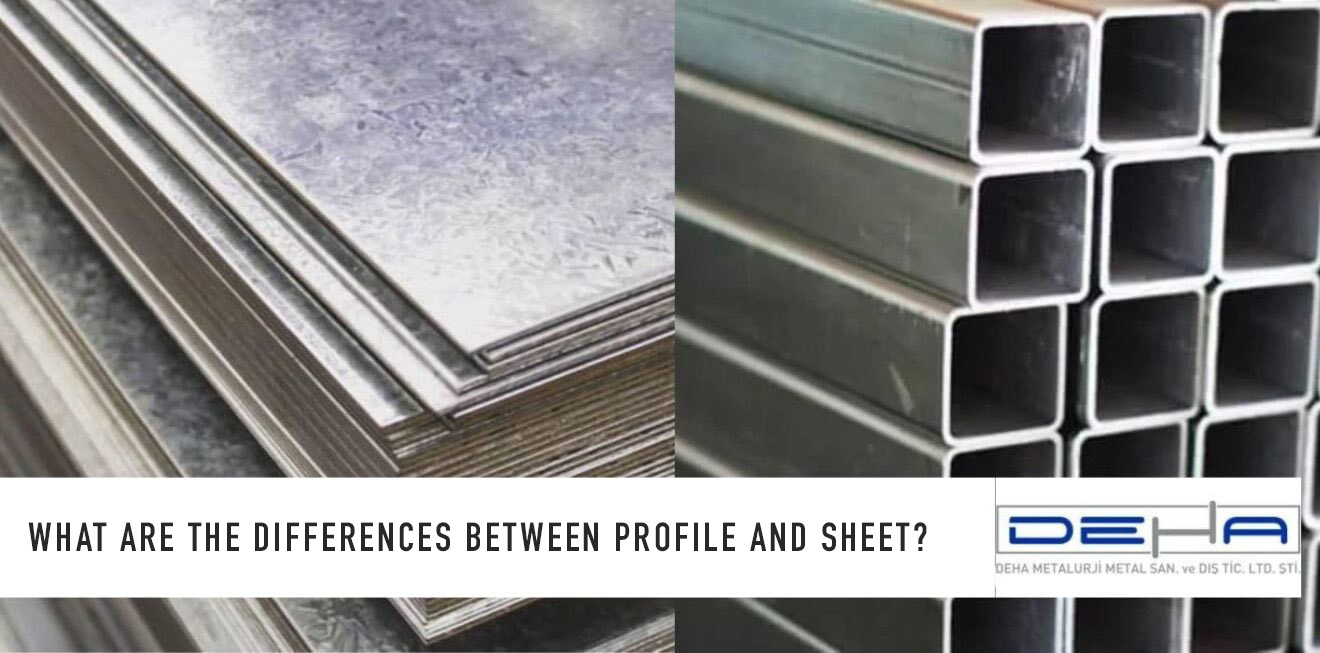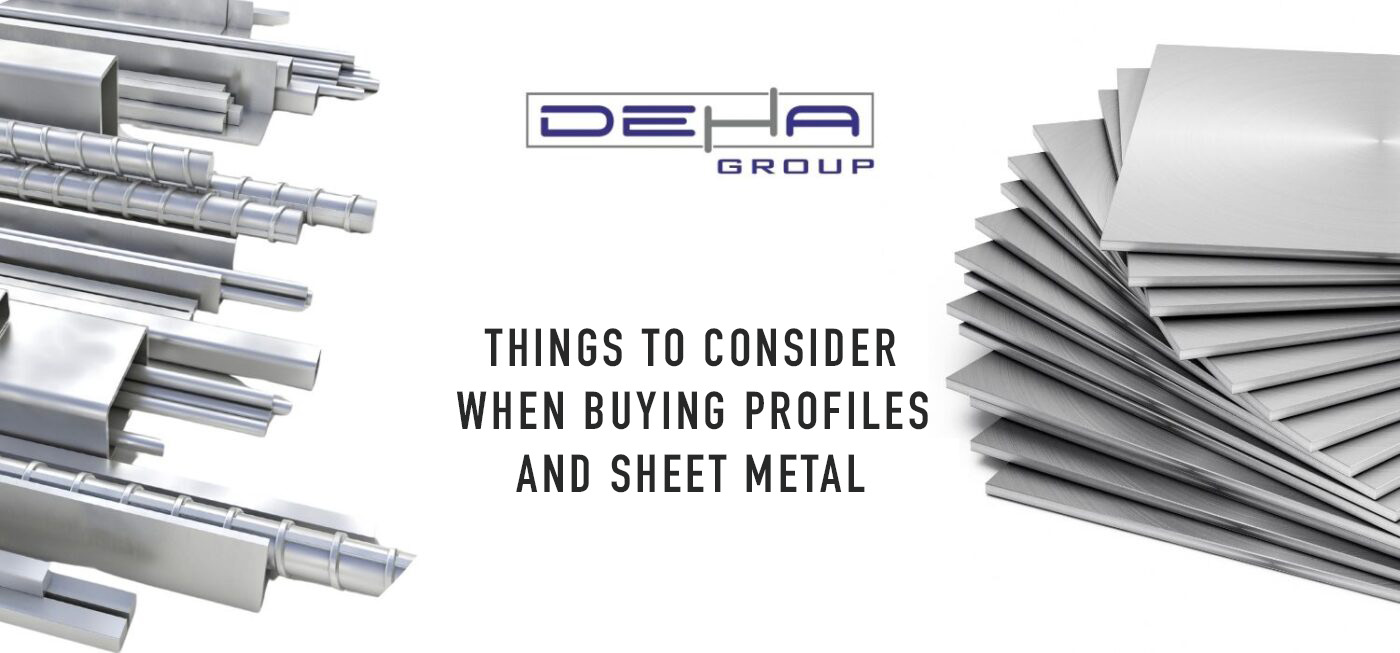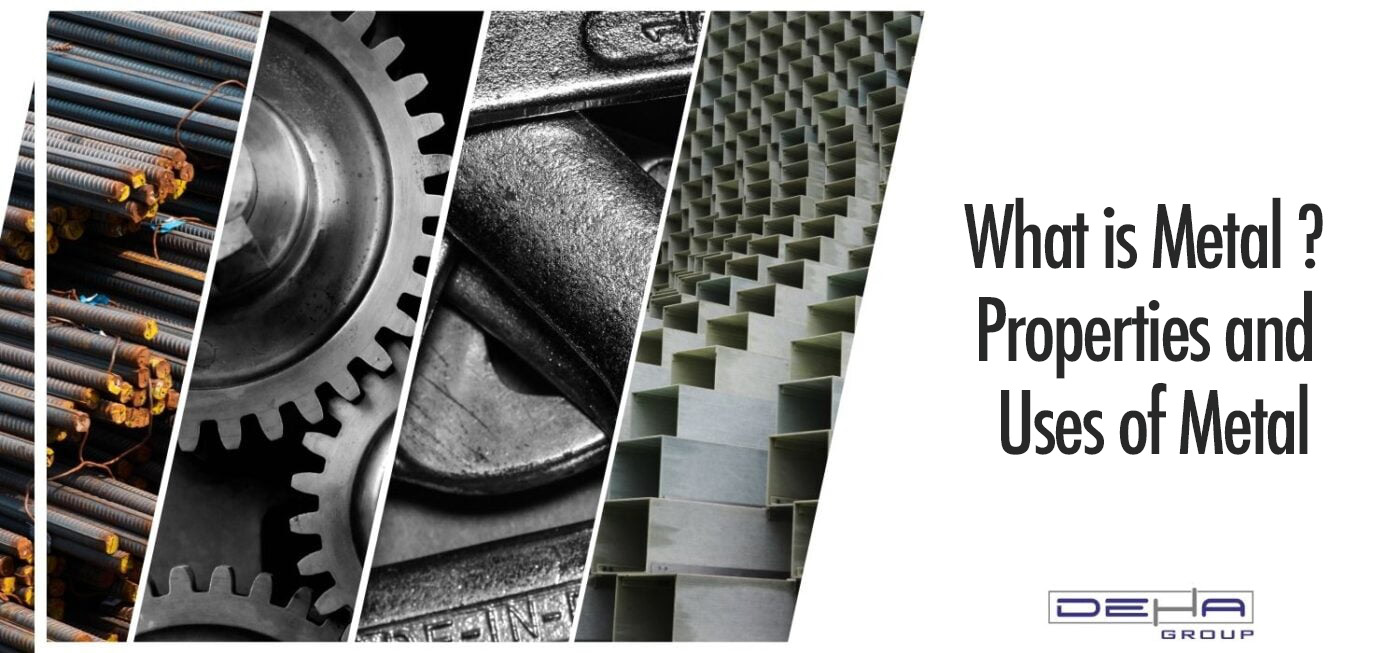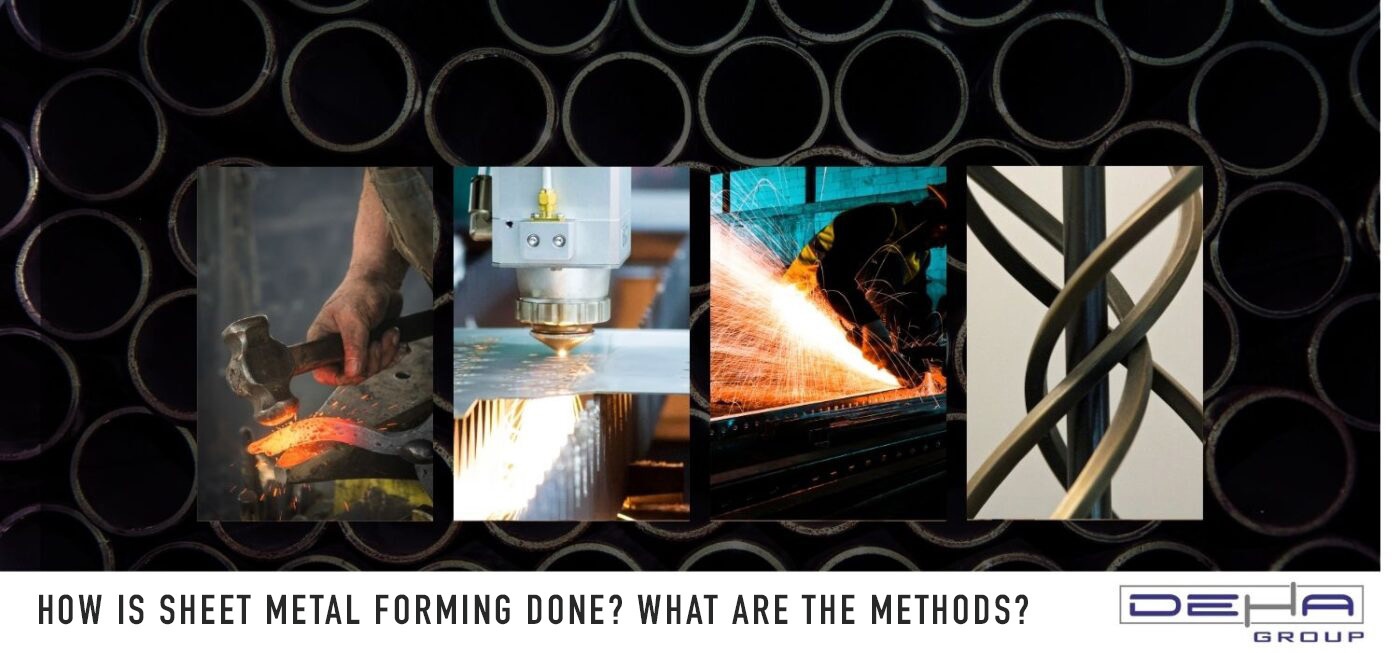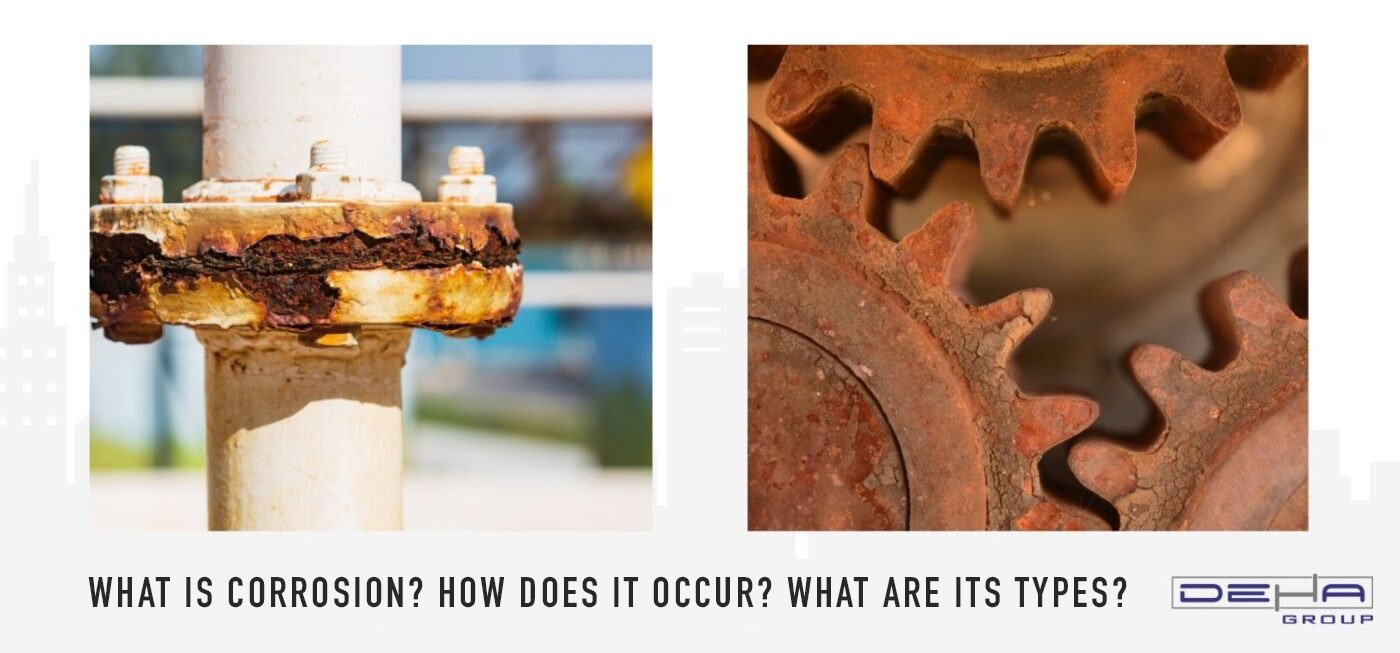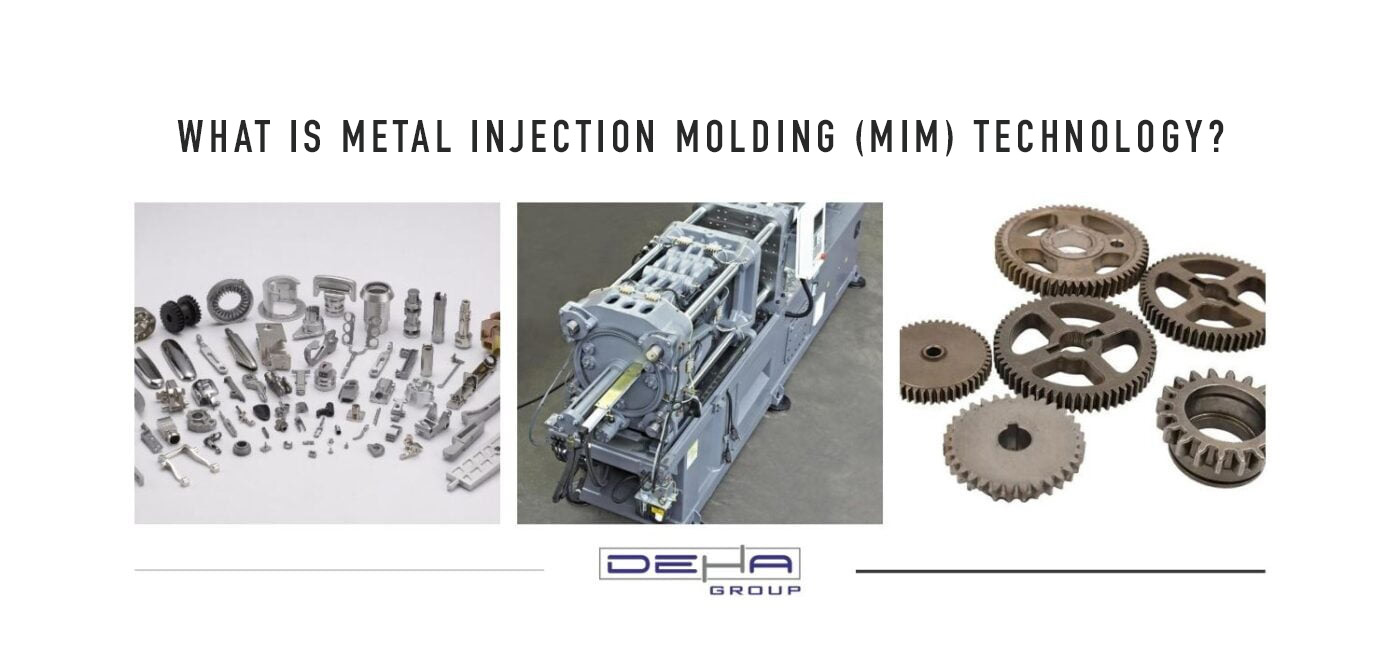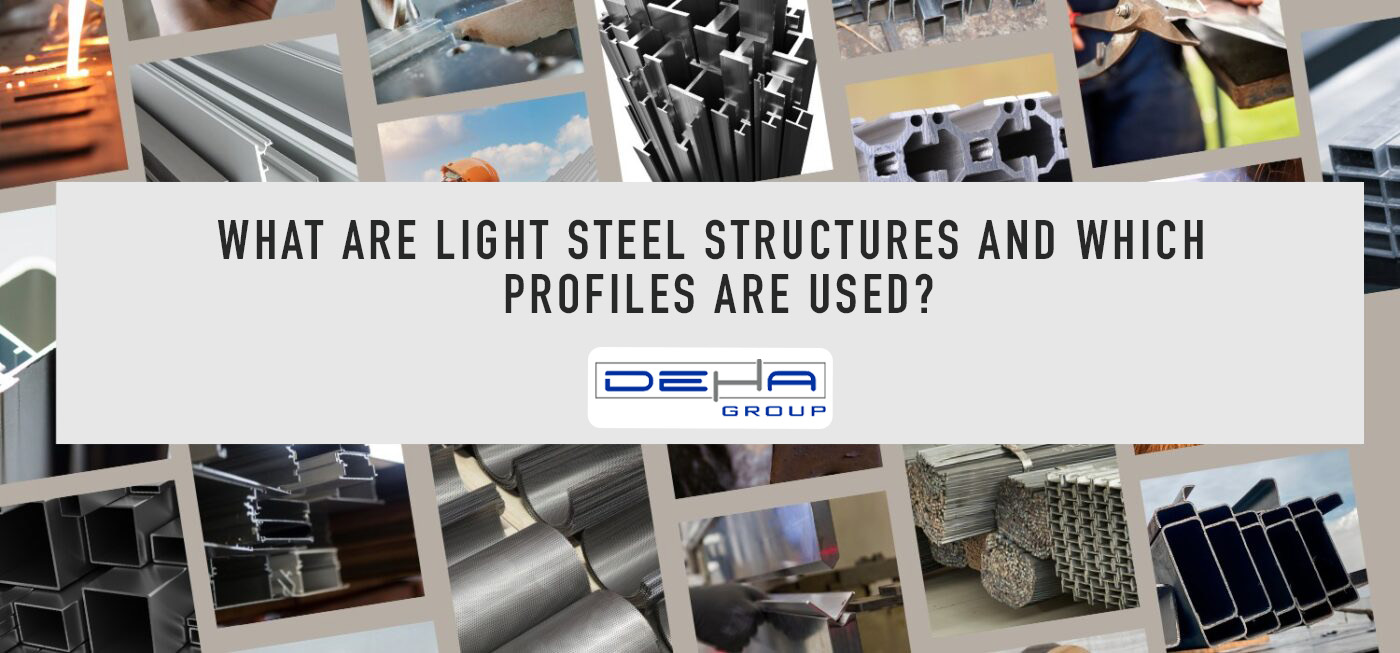
The profiles used in light steel structures are specially designed to ensure the lightness and durability of the buildings. These profiles are usually made from cold-rolled steel and can be in various cross-sections.
Light steel structures are building systems constructed using typically thin-profile steel elements, offering relatively light load-bearing capacities. These structures are widely used in both residential and commercial buildings and are preferred in the construction industry due to their various advantages. Here are some basic facts about light steel structures:
Features
Lightness: As the name suggests, these structures are lighter compared to traditional steel structures.
Durability: Despite being light, they offer high strength and are long-lasting.
Flexibility: They provide flexibility in architectural design and can be produced in various shapes and sizes.
Easy Assembly: Prefabricated elements can be quickly and easily assembled on site, shortening the construction time.
Earthquake Resistance: Their flexible structures make them resistant to earthquakes.
Applications
Residential Construction: Prefabricated houses, villa-type residences.
Commercial Buildings: Office buildings, shopping centers.
Industrial Structures: Warehouses, factories, workshops.
Temporary Structures: Construction sites, fairgrounds, sports halls.
Advantages
Fast Construction Process: Quick assembly of prefabricated elements significantly shortens the project duration.
Cost Effectiveness: Shorter construction times and material savings reduce costs.
Eco-Friendly: Minimal construction waste and the use of recyclable materials reduce environmental impact.
Low Maintenance Cost: Durable materials result in low maintenance and repair costs.
Disadvantages
Load Capacity Limitations: They cannot carry very heavy loads, making them potentially unsuitable for high-rise buildings.
Insulation Requirement: Additional measures may be needed to ensure thermal and sound insulation.
Corrosion Risk: Steel elements might corrode if appropriate protective measures are not taken.
Light steel structures play a significant role in modern construction technologies and are preferred in many projects due to their various advantages. With proper design and application, they offer durable, economical, and aesthetic solutions.
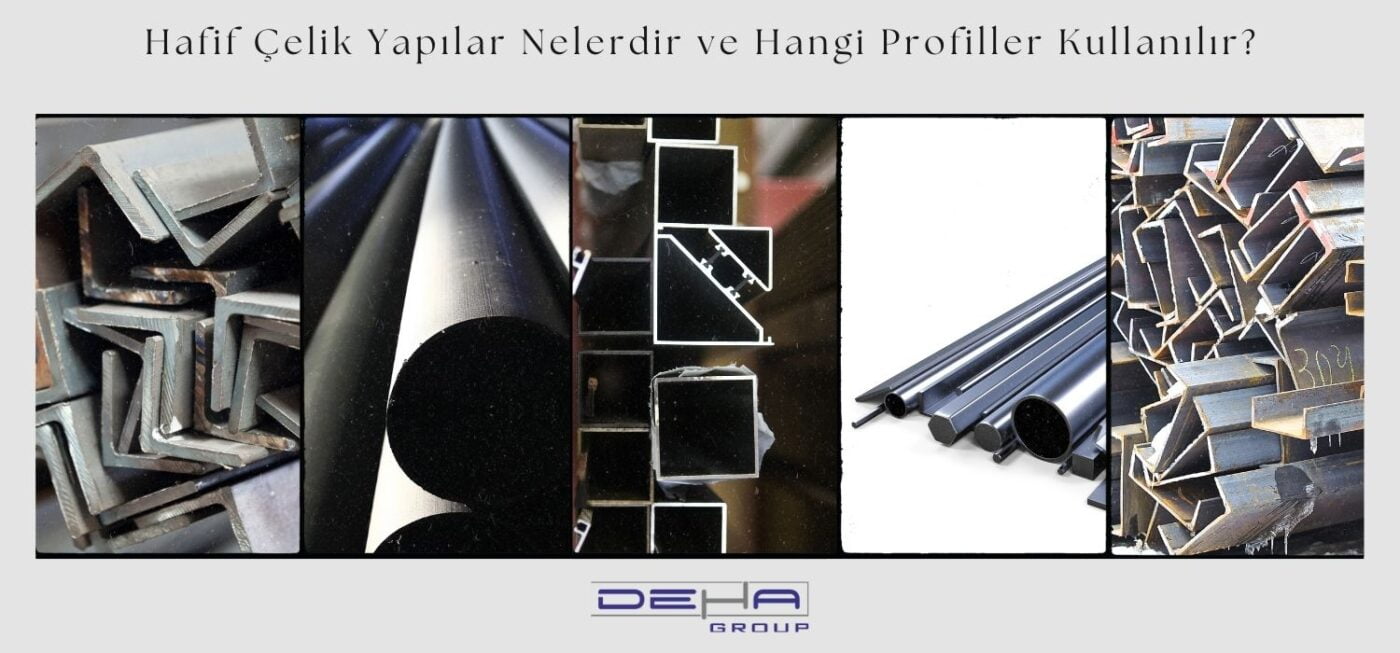
Light steel structures are used for many different purposes. Here are the areas and purposes of use of light steel structures:
Residential Constructions
Prefabricated Houses and Villas: Due to quick assembly and economical construction costs, light steel structures are ideal, especially for prefabricated houses and villa-type residences.
Apartment Buildings: Light steel structures can be used in low-rise apartment buildings, providing advantages in cost and construction time.
Commercial Buildings
Office Buildings: Light steel structures, with their modular design, allow for quick and flexible construction of office buildings.
Shopping Centers: They offer a suitable building system for shopping centers requiring large spans and high ceilings.
Industrial Buildings
Warehouses: Light steel structures are ideal for creating large spans and vast storage areas.
Educational and Healthcare Buildings
Schools and Universities: Quick construction time and cost-effectiveness help in rapidly establishing educational buildings.
Hospitals and Clinics: Their modular and flexible nature allows for quick adaptation to the needs of healthcare facilities.
Advantages
Construction Sites: Used as temporary accommodation and work areas on construction sites.
Disaster Relief Shelters: Used as shelters that can be quickly established after natural disasters like earthquakes and floods.
Exhibition and Display Areas: Provide structures suitable for temporary exhibitions and events, which can be quickly assembled and dismantled.
Sports and Entertainment Facilities
Sports Halls and Stadiums: Light steel structures are suitable for sports halls and stadiums that require large spans and high ceilings.
Concert and Event Areas: Offer ideal solutions for concert and event areas due to the possibility of quick assembly and dismantling.
Agricultural and Livestock Buildings
Greenhouses and Agricultural Buildings: Used in greenhouses and other agricultural structures due to their durability and flexibility.
Barns and Shelters: Provide quick and economical construction solutions for livestock facilities.
Other Usage Areas
Garages and Parking Areas: Light steel structures offer durable and economical solutions for vehicle parking areas and garages.
Hobby and Storage Areas: Can be used as small storage areas and hobby rooms for personal use.
Light steel structures offer flexibility, speed, and cost advantages in various types of buildings, providing a wide range of applications. These structures have become an indispensable part of modern construction technologies by offering quick and efficient solutions to the needs of different sectors.
The profiles used in light steel structures are specifically designed to ensure the lightness and durability of the buildings. These profiles are generally made from cold-rolled steel and can come in various cross-sections. Here are the common types of profiles used in light steel structures:
C Profiles (C-Profiles)
Definition: These profiles have a C-shaped cross-section and are one of the most commonly used types in light steel structures.
Applications: Load-bearing columns, beams, wall and ceiling systems.
Characteristics: High strength, lightness, and easy installation.
U Profiles (U-Profiles)
Definition: These profiles have a U-shaped cross-section and are typically used as frame and connection elements.
Applications: Window and door frames, supporting elements.
Characteristics: Good load-bearing capacity, easy joining.
Z Profiles (Z-Profiles)
Definition: These profiles have a Z-shaped cross-section and are usually used as horizontal elements.
Applications: Roof coverings, wall supports, floor systems.
Characteristics: High strength, lightness, economical solution.
L Profiles (L-Profiles)
Definition: These profiles have an L-shaped cross-section and are often used as corner elements.
Applications: Corner connections, corner support elements.
Characteristics: Easy installation, provides strength and support at corners.
H Profiles (H-Profiles)
Definition: These profiles have an H-shaped cross-section and are used as load-bearing elements requiring high strength.
Applications: Main load-bearing beams, columns, frame systems.
Characteristics: High load-bearing capacity, sturdiness.
Sigma Profiles
Definition: These profiles have a sigma-shaped cross-section and are mainly used in industrial structures.
Applications: Roof beams, wall and floor supports.
Characteristics: High strength, stability, usage in long spans.
Tube Profiles (Pipe Profiles)
Definition: These profiles are circular or rectangular cross-section pipes and are often used as load-bearing and aesthetic elements.
Applications: Columns, beams, decorative elements.
Characteristics: High strength, aesthetic appearance, production in various diameters and sizes.
Omega Profiles
Definition: These profiles have an omega-shaped cross-section and are typically used in roof coverings and wall systems.
Applications: Roof and wall coverings, intermediate support elements.
Characteristics: High strength, lightness, flexibility.
I Profiles (I-Profiles)
Definition: These profiles have an I-shaped cross-section and are used as main load-bearing elements carrying heavy loads.
Applications: Main beams, columns, long spans.
Characteristics: High load-bearing capacity, stability.
Box Profiles (Square and Rectangular Cross-Section)
Definition: Square or rectangular box-shaped profiles are generally used as load-bearing and aesthetic elements.
Applications: Columns, beams, frame elements.
Characteristics: High strength, aesthetic appearance, rigidity.
Profiles used in light steel structures are selected according to the needs and design requirements of the building. The various cross-sections and characteristics of these profiles allow for the quick, durable, and economical construction of light steel structures. Choosing the right profile is crucial for the stability and longevity of the structure.

 TR
TR

